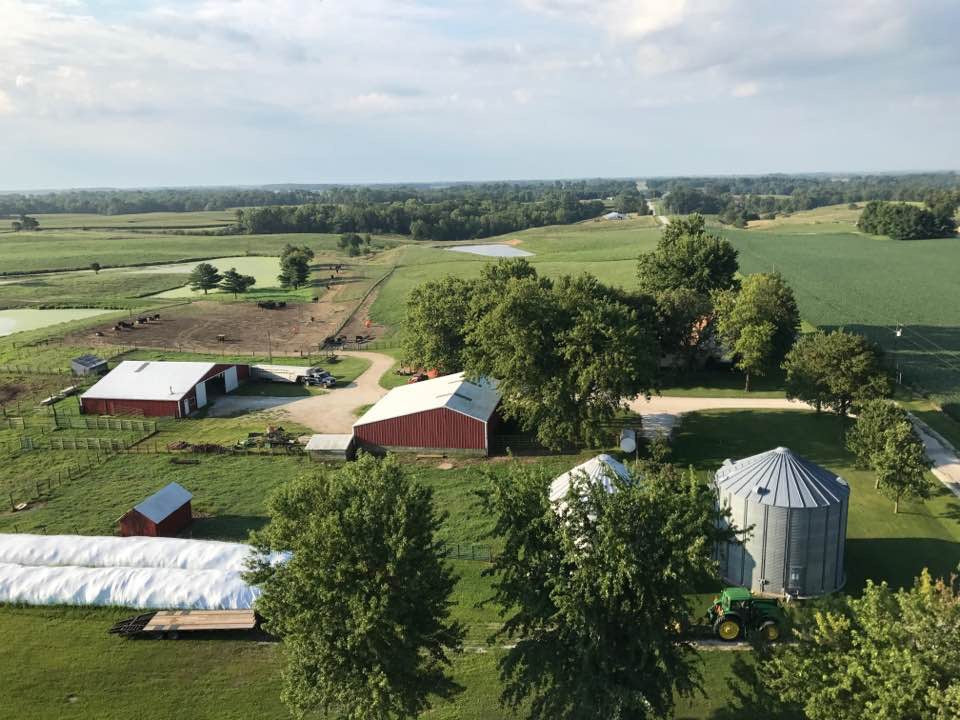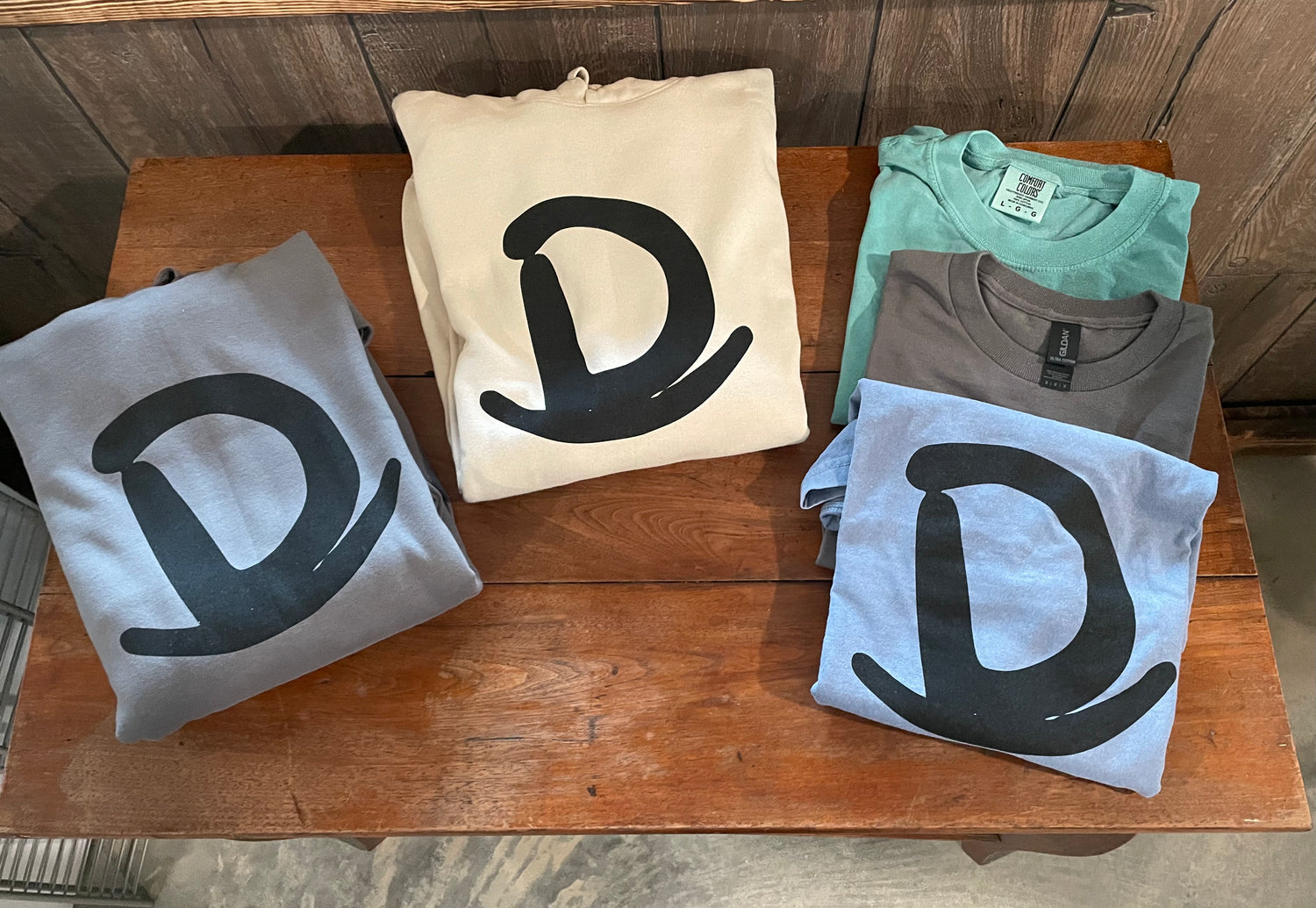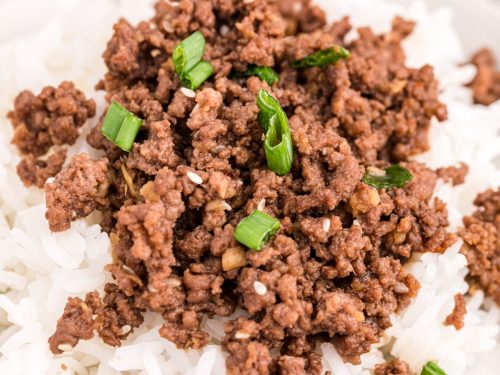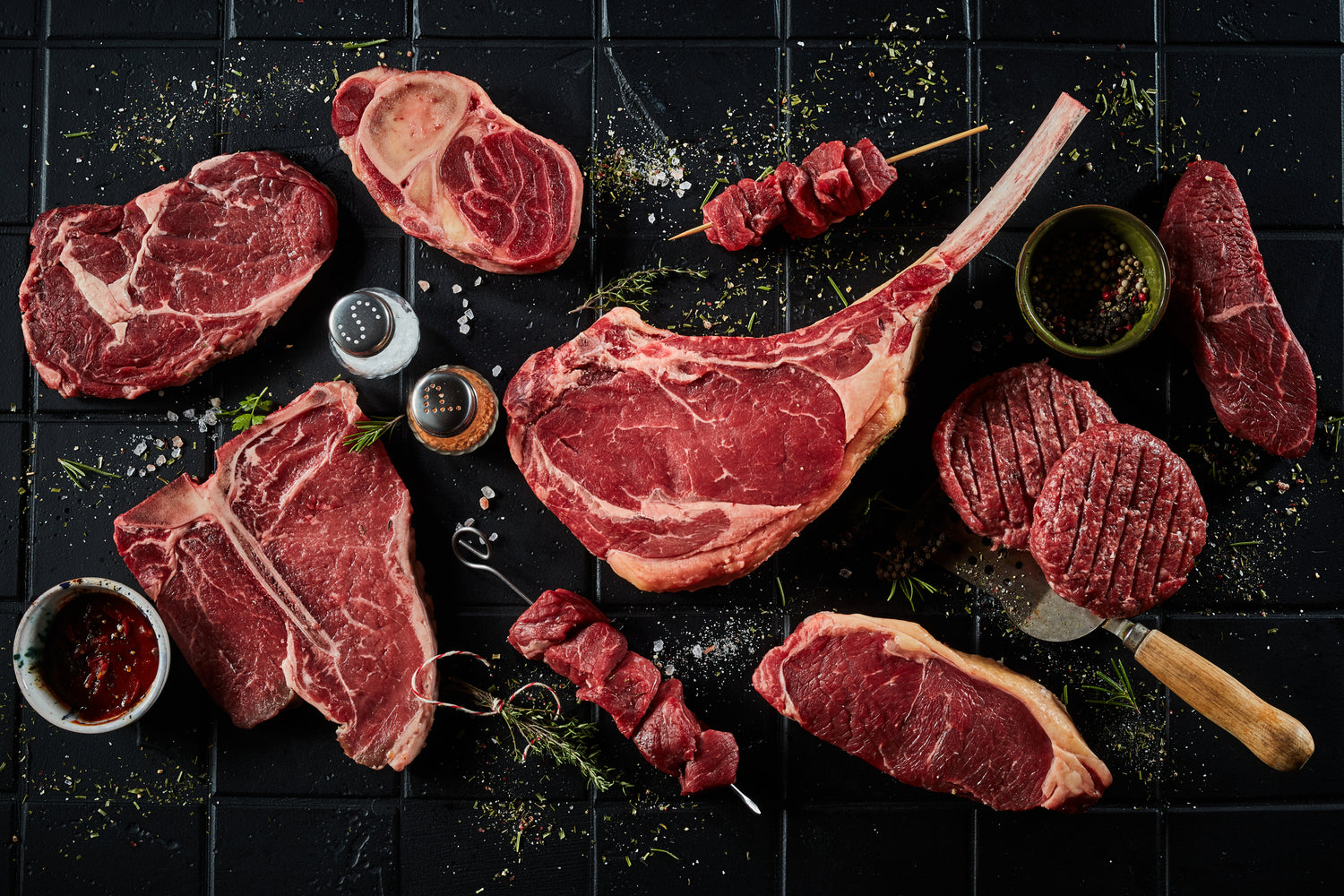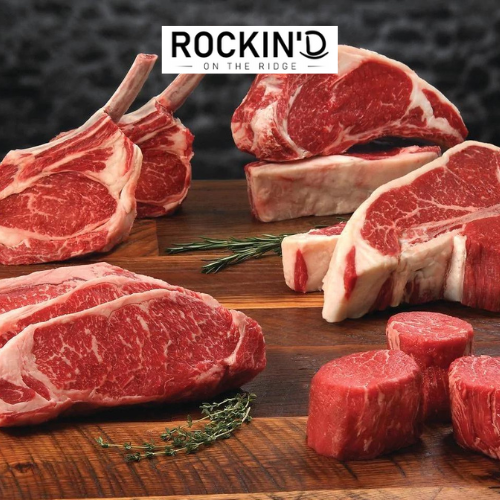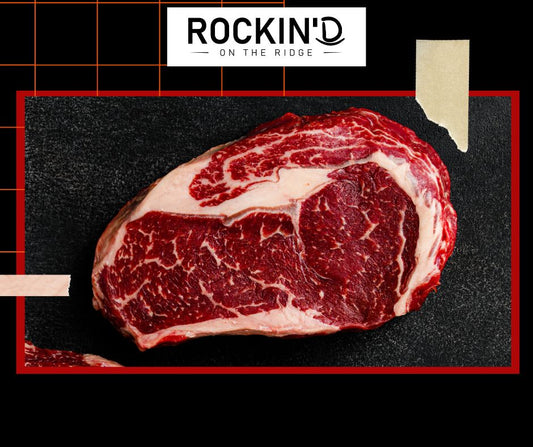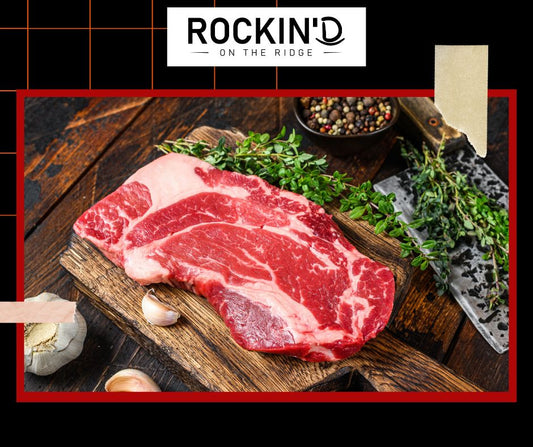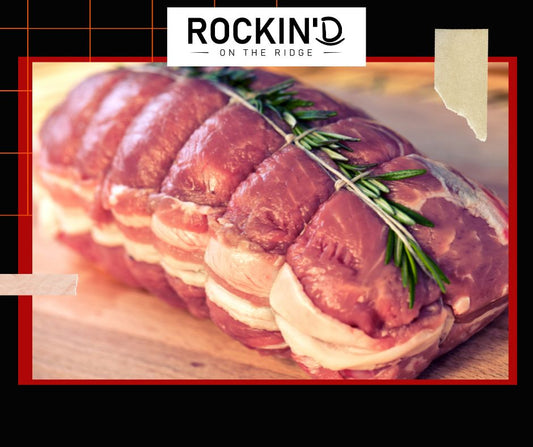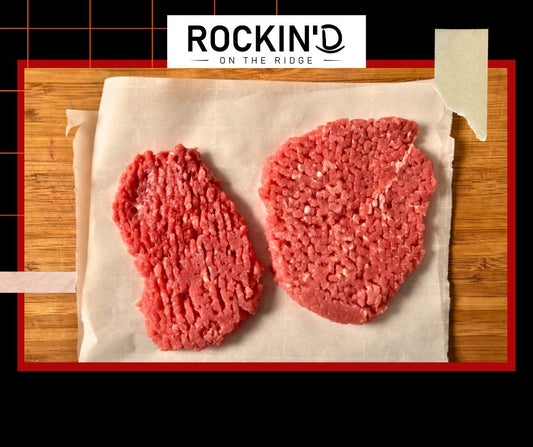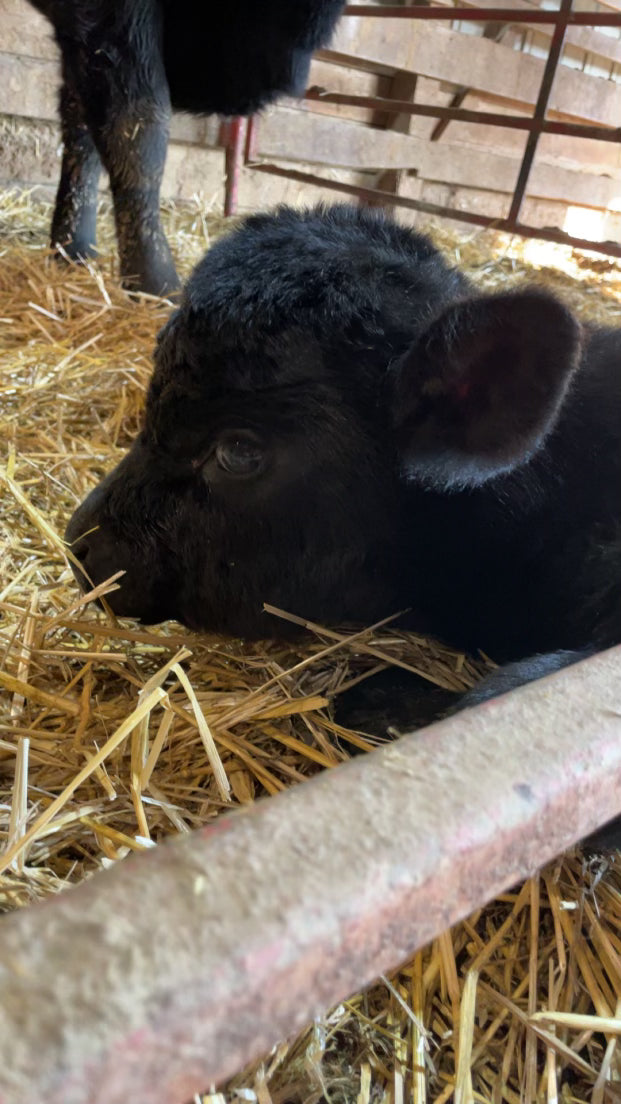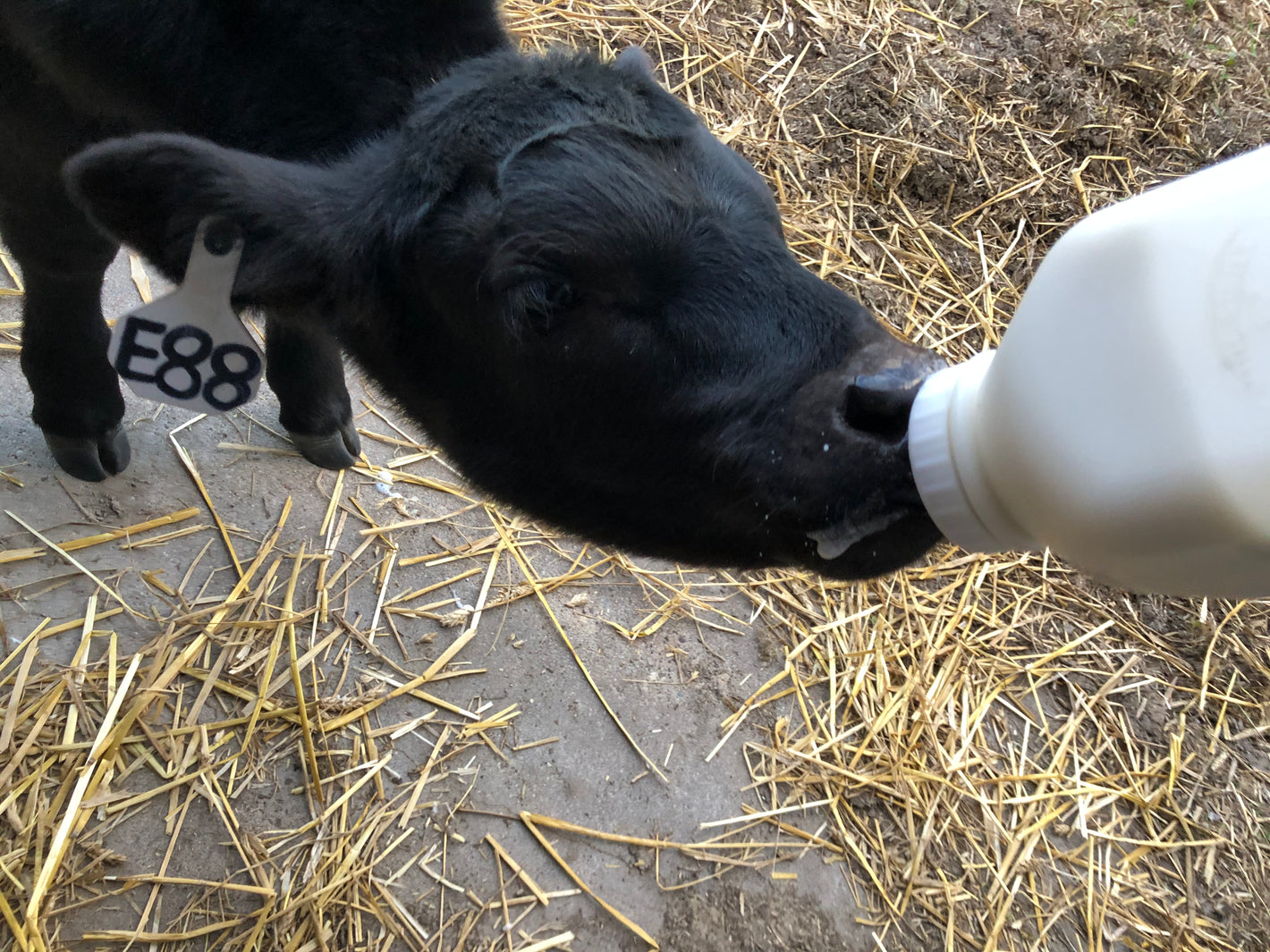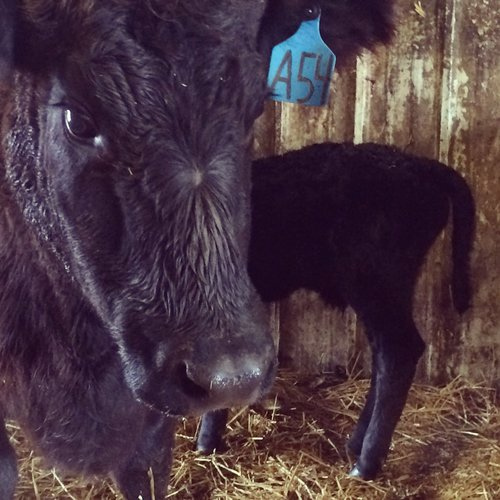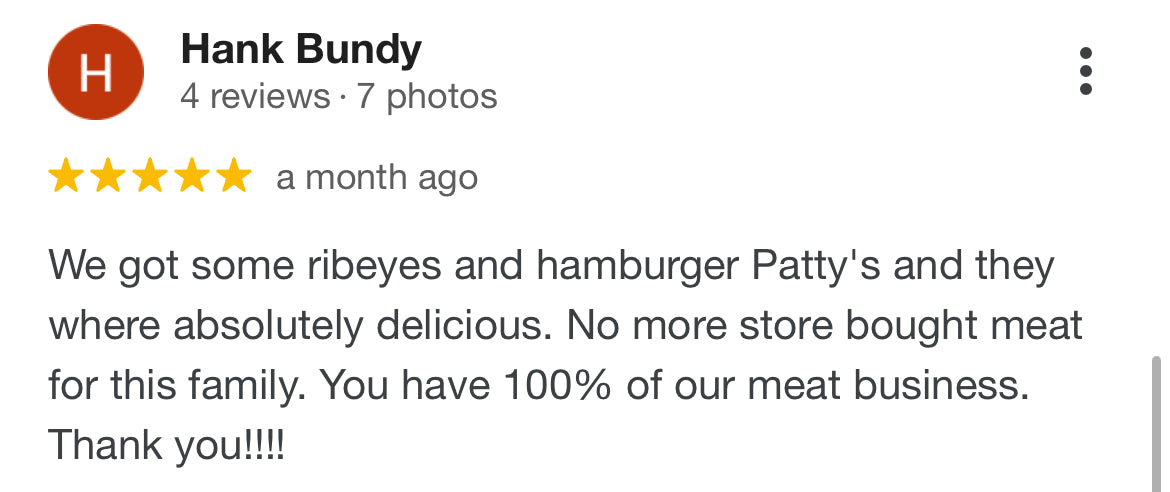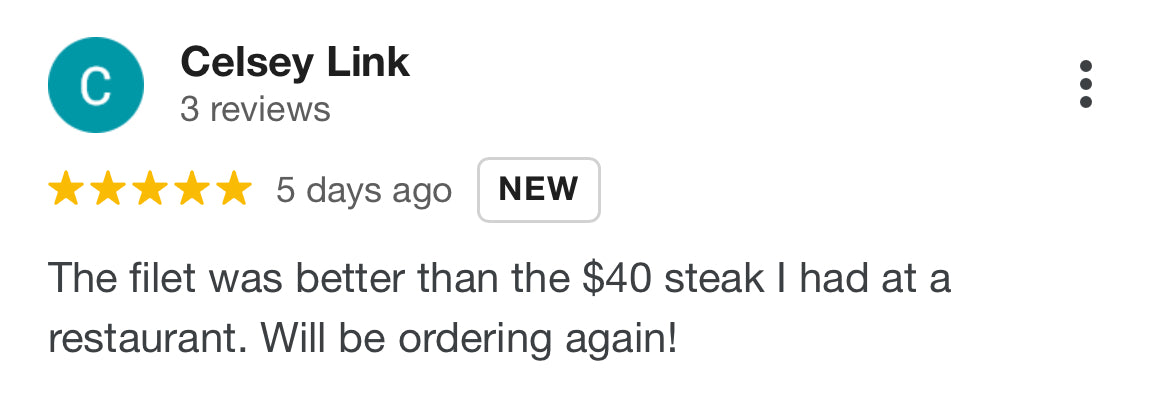Farm Fresh Beef, Pork and Chicken Right To Your Table!
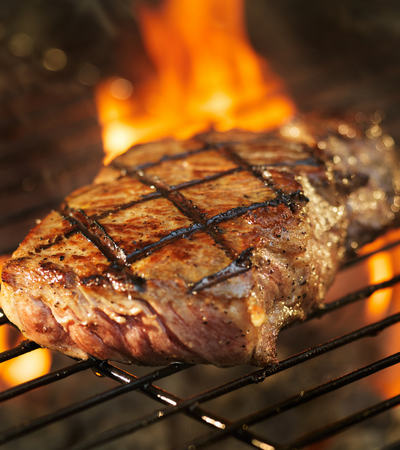
Angus Beef
Our decades deep Angus Beef is where it all started! Enjoy Farm Fresh Beef, Chicken and Pork delivered straight to your door. We ship on Mondays and Tuesdays Nationally and Monday through Wednesday Regionally and offer free local delivery on Thursdays. We also ship air cargo nationwide and internationally.
Our ranch specializes in breeding, calving, raising and finishing Angus cattle on farm raised feed and selling it straight to consumers so you too can taste how delicious high quality meat without the High Cost.
We want our consumers to know the love and passion that goes into producing fresh amazing quality meat and would love to share our story.
Experience the goodness of humanely raised (BQA Certified), pasture raised, grain finished, USDA Certified Angus Beef while supporting local farm fresh meat in Illinois.
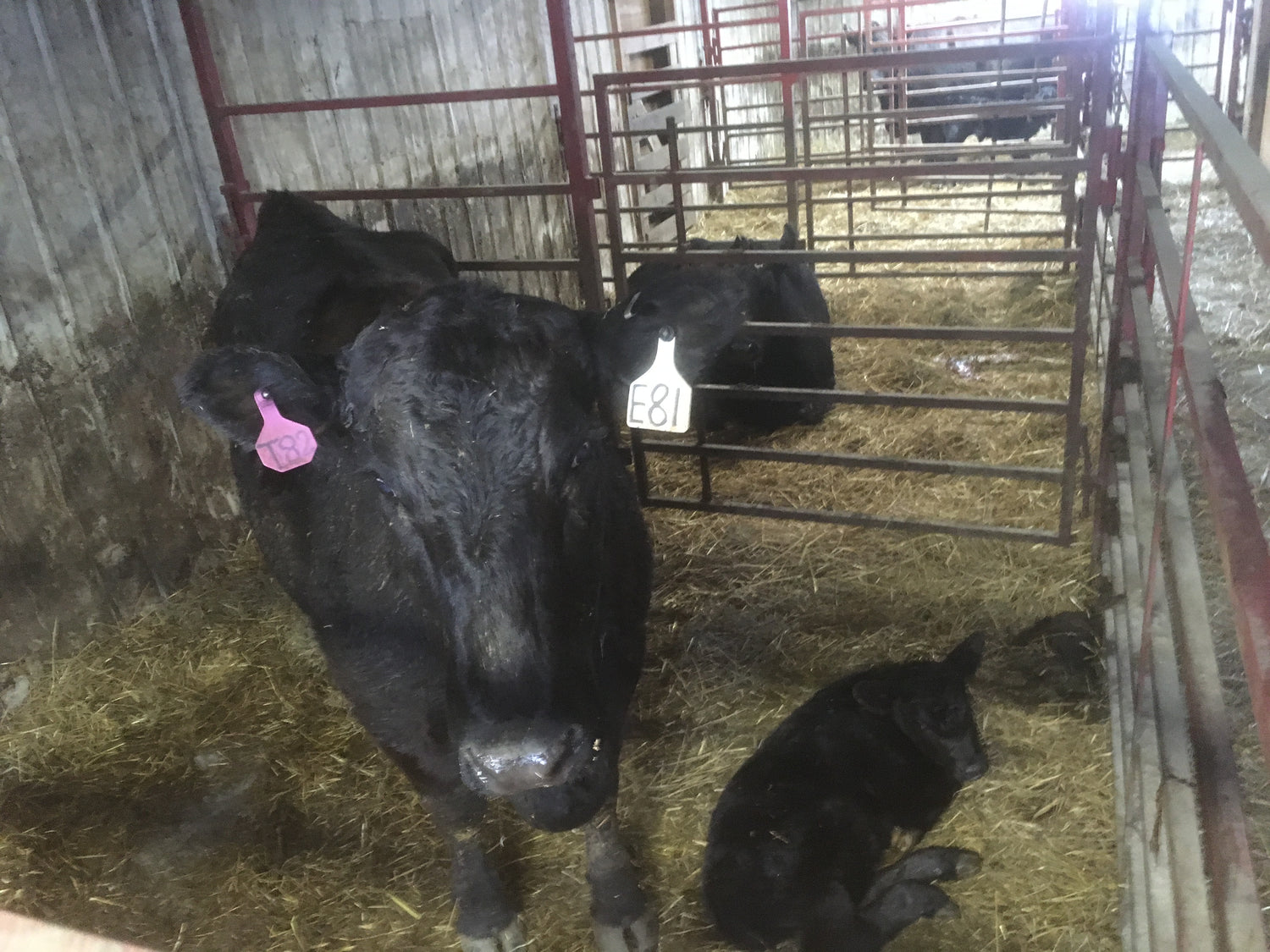
Have You Herd...
The Rockin' D On The Ridge is now accepting pre-orders for quarter, half and whole cows for the year 2025, as well as specialty items and 1/8 and 1/16 beef boxes and beef box subscriptions.
This is a great opportunity for individuals and families to stock their deep freezer with high-quality, locally-sourced beef.
Don't have a deep freezer? Try some subscription bundles or boxes delivered weekly, bi-weekly, monthly, bi-monthly or quarterly. Our 1/8 box fits in an standard (empty) refrigerator freezer. Like other things in your freezer? No big deal! Give our 1/16 Beef Box Subscription a try.
By purchasing a half or whole cow, customers can enjoy a variety of cuts of meat at a discounted price compared to buying individual cuts at a grocery store.
Additionally, purchasing a half or whole cow directly from a local ranch supports small business and ensures that the meat you are consuming is ethically and sustainably raised.
DON'T TAKE IT FROM US!
HERE'S WHAT OUR CUSTOMERS SAY...
FAQ
How much meat can I expect to get?
The average ready-to-butcher Angus cow weighs 1,150 pounds. This can vary a lot, depending on breed, finishing and management of the producer marketing the animal.
Once the animal is butchered and hide, head and internal organs removed, it usually weighs about 62 percent of the live weight. This is called the hanging weight. On that 1,150 pound animal that would be about 713 pounds.
Most producers figure the quarter/half/whole price based on the hanging weight.
After the beef hangs and ages for two to three weeks, which tenderizes and develops flavor in the meat (and also shrinks a little as some of the water evaporates) the carcass is broken down further, and excess bone, connective tissue and fat is removed.
About 21 percent of the hanging weight is removed in this process, leaving about 563 pounds of edible meat from a whole animal.
So, if you pay (for example) $3.25 a pound, figured on hanging weight, the actual price per pound will be about $4.35, if it processes according to the averages. Most custom meat processors charge from $.90 to $1.20 per pound, hanging weight, to process, so you’ll be looking at about $5.12 total, per pound for processed beef.
Keep in mind that includes all steaks, hamburger, roasts, ribs, etc.
How much of that will be hamburger?
How much hamburger you get depends somewhat on how you order it. Hamburger comes from the parts of the animal that are too tough or difficult to cook, or are too small to cook as steaks or roasts. If you don’t cook roasts or flat iron steaks, for example, you can ask to have those ground. If you don’t ask for any special cuts, on average, about 38 percent of the edible portion of the animal will be ground into hamburger. So on our average 637-pound animal, you’d expect about 242 pounds of hamburger.
Can I buy just hamburger?
Maybe. Some people may be selling animals that are older and less tender than a typical butcher animal, and may be most suitable for hamburger, rather than cutting into steaks and roasts. In that case, unless they’re labeled for resale, those animals would need to be sold by the half or quarter as well.
What is “hanging weight”?
Hanging weight is how much the carcass weighs after it’s skinned and the head and internal organs are removed. This is usually about 62 percent of the live weight of the animal, and what most private beef sellers base their per-pound cost on.
The butcher shop wants “cutting orders.” What does that mean?
“Cutting orders” are how you want your meat cut and packaged. This includes how much fat you want in your burger (standard is usually 85% lean), how thick you want your steaks, how much hamburger you want in a package (usually 1-2 pounds) how many steaks per package, whether you want round steaks tenderized, cubed or left alone, what size you want the roasts, whether you want the ribeye as steaks or roasts. There are a lot of questions, and many processors have a “cut sheet” they ask the customer to fill out in person, or over the phone. You can also decide if you want the organ meats, like the liver, heart and tongue, plus soup bones, ox tail and tallow (extra fat they trim off).

